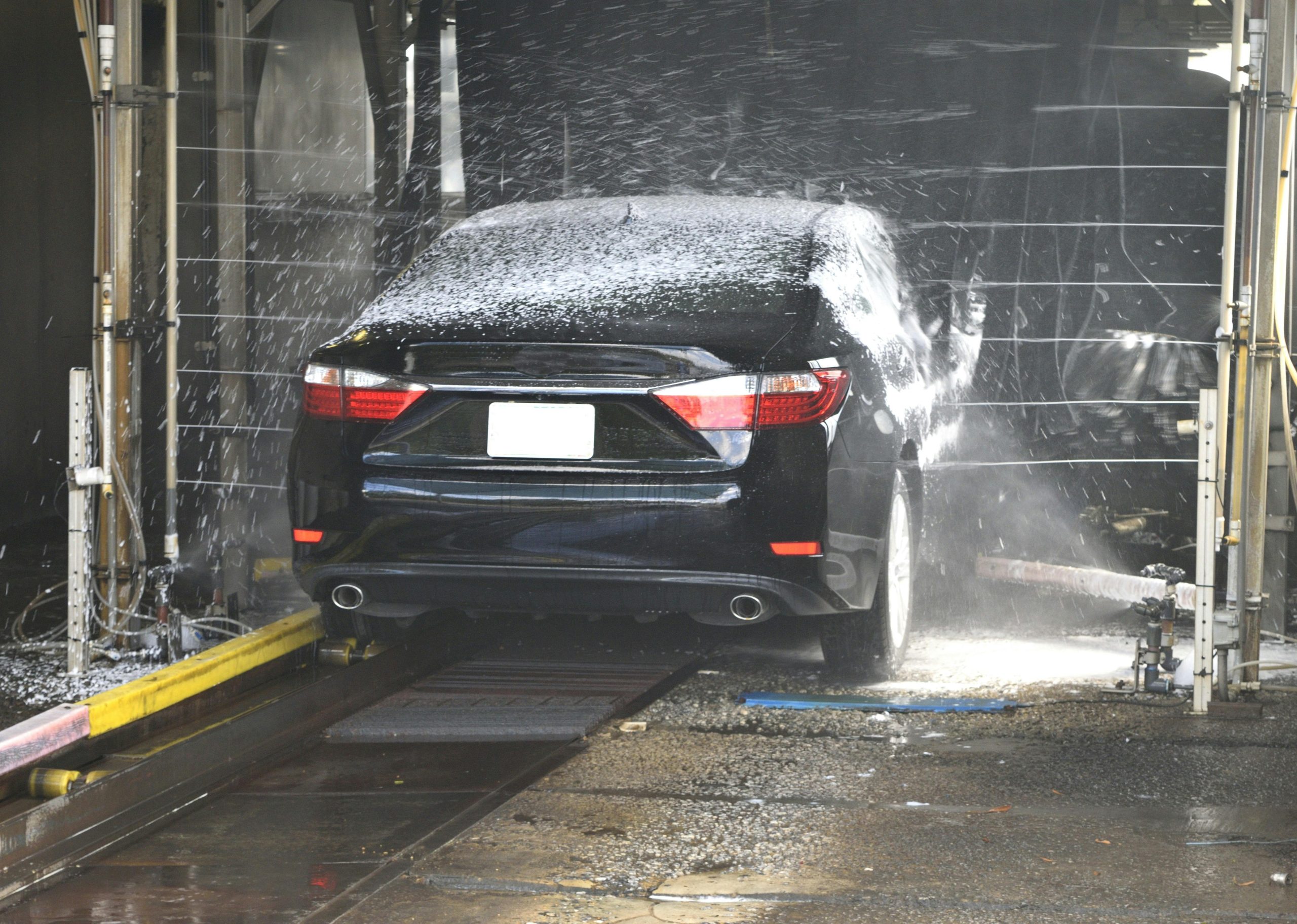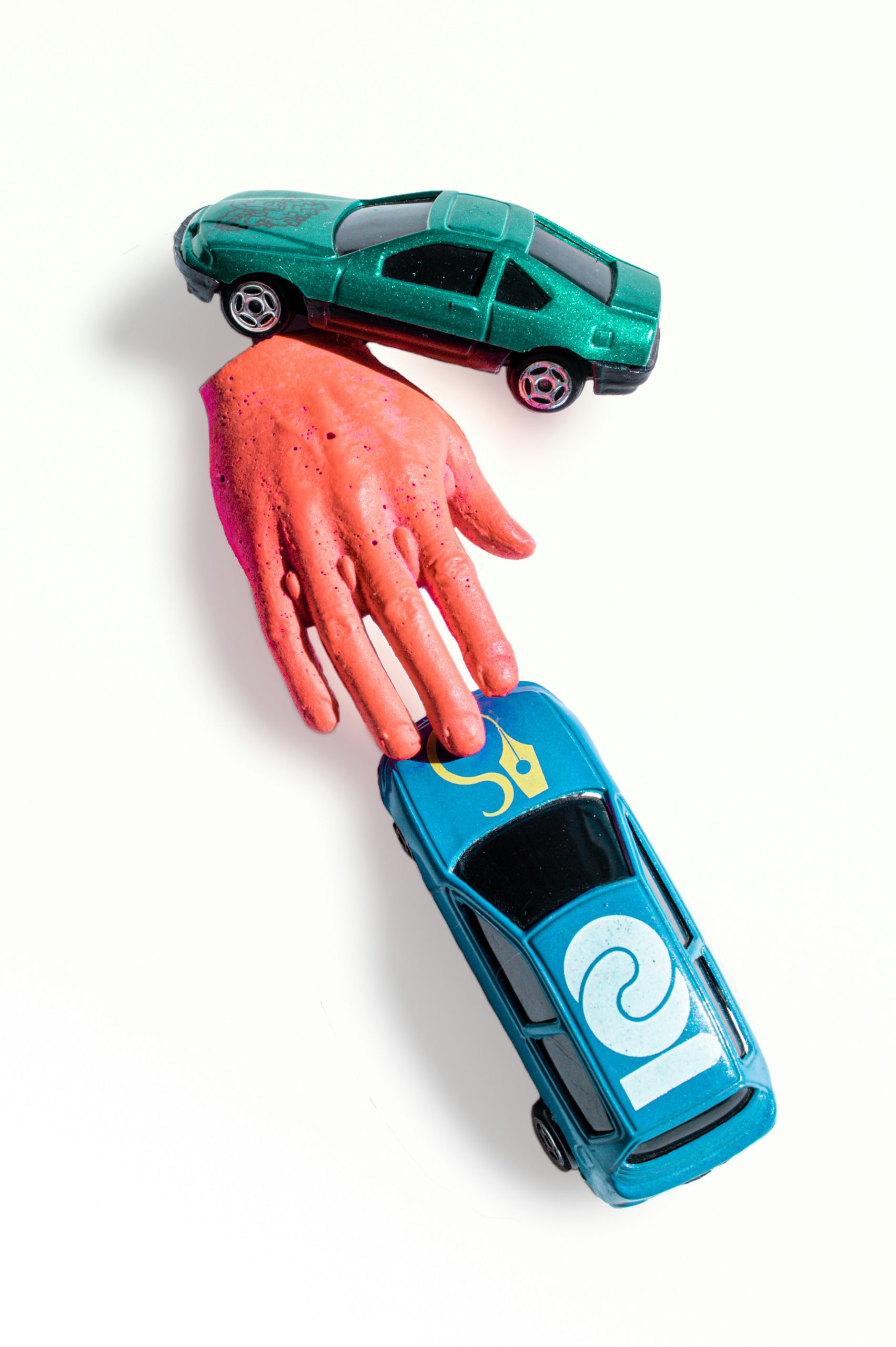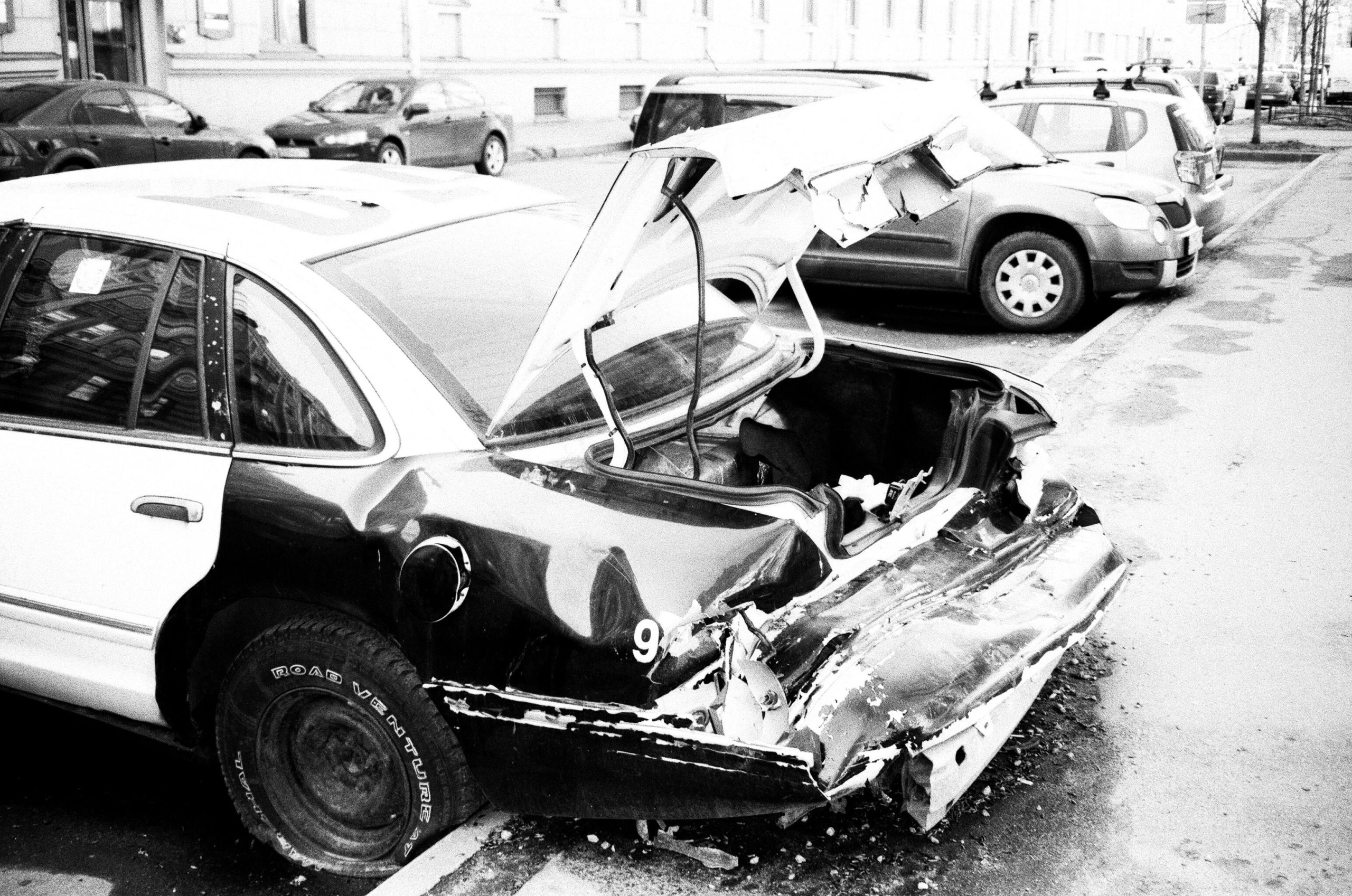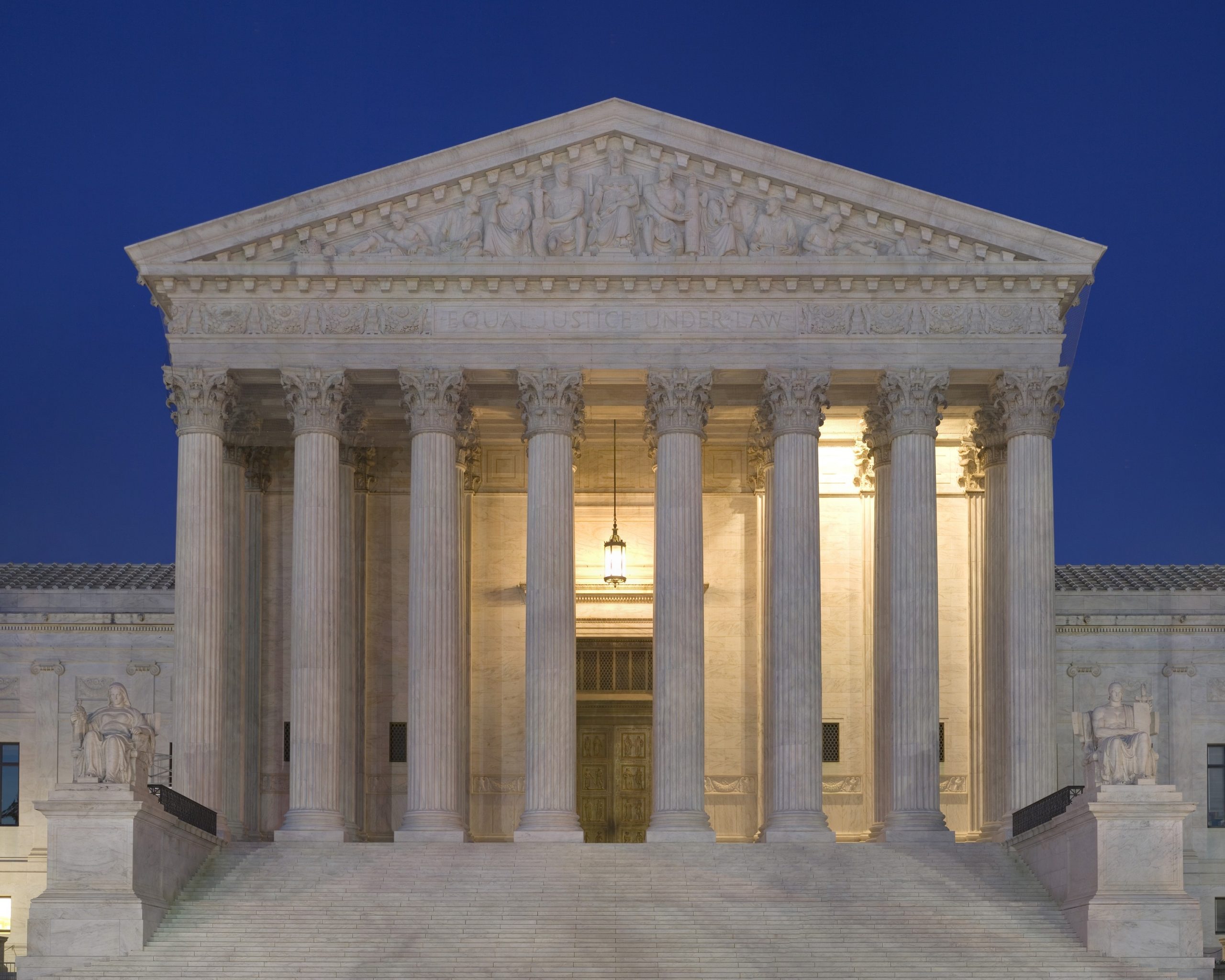 In cases involving multiple defendants, courts are frequently asked to dismiss some or all of the parties because no set of facts can allow a case to proceed. Defendants will point the finger at their counterparts in hopes of securing a dismissal for themselves. However, the dismissal of even just one defendant can mean the loss of significant compensation for the party bringing the lawsuit. In a recent injury case out of Baton Rouge, a family was able to get their day court despite the best efforts of their opponent.
In cases involving multiple defendants, courts are frequently asked to dismiss some or all of the parties because no set of facts can allow a case to proceed. Defendants will point the finger at their counterparts in hopes of securing a dismissal for themselves. However, the dismissal of even just one defendant can mean the loss of significant compensation for the party bringing the lawsuit. In a recent injury case out of Baton Rouge, a family was able to get their day court despite the best efforts of their opponent.
Calandra Carr and her two children, Louis Carr, Jr., and Ciara Carr, were all riding in their van when they were in line to use the Geaux Clean Express Car Wash behind Jeffrey Dykes. Anthony Amedee was in front of Mr. Dykes’ vehicle when Mr. Amedee’s vehicle moved backward, striking Mr. Dykes vehicle, which in turn, hit the Carr’s van. This collision caused injuries, damages, and losses, which Carr’s argument caused because Mr. Amedee failed to maintain proper vehicle control. The Carr’s also claimed that Geaux Clean failed to maintain the car wash properly and that their negligence was also a cause of the collision.
The Carrs filed a lawsuit against Anthony Amedee and his liability insurer, Louisiana Farm Bureau Casualty Insurance Company (“Farm Bureau”), Geaux Clean Express Car Wash (“Geaux Clean”) and its insurer, Ohio Security, and Allstate Property and Casualty Insurance Company (“Allstate”) as the Carrs’ UM insurers.

 Insurance Dispute Lawyer Blog
Insurance Dispute Lawyer Blog


 A picturesque pond, once teeming with life, transformed into a murky, foul-smelling mess. The culprit? Alleged sewage contamination from a neighboring apartment complex. This is the story of Cedar Lodge Plantation’s battle against Fairway View Apartments in Baton Rouge, Louisiana, a legal fight that highlights the complexities of environmental disputes and property damage claims.
A picturesque pond, once teeming with life, transformed into a murky, foul-smelling mess. The culprit? Alleged sewage contamination from a neighboring apartment complex. This is the story of Cedar Lodge Plantation’s battle against Fairway View Apartments in Baton Rouge, Louisiana, a legal fight that highlights the complexities of environmental disputes and property damage claims. In a recent case, the
In a recent case, the  In personal injury law, car accidents at intersections are all too common. However, the case of
In personal injury law, car accidents at intersections are all too common. However, the case of  A recent Louisiana Court of Appeal decision has underscored the significance of expert testimony in medical malpractice cases. The case, Mariakis v.
A recent Louisiana Court of Appeal decision has underscored the significance of expert testimony in medical malpractice cases. The case, Mariakis v. A recent ruling from the
A recent ruling from the  In the complex world of insurance coverage disputes, a recent
In the complex world of insurance coverage disputes, a recent  In cases involving multiple defendants, courts are frequently asked to dismiss some or all of the parties because no set of facts can allow a case to proceed. Defendants will point the finger at their counterparts in hopes of securing a dismissal for themselves. However, the dismissal of even just one defendant can mean the loss of significant compensation for the party bringing the lawsuit. In a recent injury case out of Baton Rouge, a family was able to get their day court despite the best efforts of their opponent.
In cases involving multiple defendants, courts are frequently asked to dismiss some or all of the parties because no set of facts can allow a case to proceed. Defendants will point the finger at their counterparts in hopes of securing a dismissal for themselves. However, the dismissal of even just one defendant can mean the loss of significant compensation for the party bringing the lawsuit. In a recent injury case out of Baton Rouge, a family was able to get their day court despite the best efforts of their opponent.  If you are in a car accident and your insurance pays your claim, you likely expect the same thing will happen if you are subsequently in a similar accident. What happens if your insurer paid your prior claim, but tries to deny a subsequent claim?
If you are in a car accident and your insurance pays your claim, you likely expect the same thing will happen if you are subsequently in a similar accident. What happens if your insurer paid your prior claim, but tries to deny a subsequent claim?  A settlement agreement can be an efficient way of resolving a claim and receiving compensation without a lengthy trial process. However, it is essential to understand what a settlement agreement does and does not cover to avoid surprises down the road if you later try to bring related lawsuits against other parties.
A settlement agreement can be an efficient way of resolving a claim and receiving compensation without a lengthy trial process. However, it is essential to understand what a settlement agreement does and does not cover to avoid surprises down the road if you later try to bring related lawsuits against other parties.